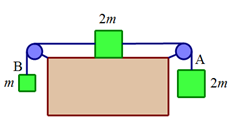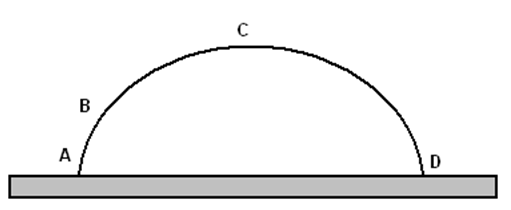The annual online physics contest open to ALL Grade 11 and 12 physics students will be occurring on May 25th. The contest is one hour long and is
free! The contest will be open to BOTH Grade 11 AND Grade 12 students due to the generous support of the Faculty of Applied Science and Engineering at the University of Toronto.
All physics teachers are encouraged to have their students enroll. Please remind students that it is intended to be a FUN contest and that it cannot impact their mark so that they do not feel intimidated to participate.
How to Enroll: The school physics teacher will
enroll the school and be the contest manager for their students as in past contest years.
Note: to maintain integrity of the contest, it is
not open to Virtual students.
There will be two separate divisions. Students who have started to take grade 12 physics (SPH4U), or have already completed it, should select 'Grade 12'.The 'Grade 11' division is for students (of any grade) currently taking, or completed, Grade 11 physics (SPH3U) but who have not yet begun grade 12 physics.
After the contest, when students check their results, the Grade 11 results will include students’ scores, rankings and percentiles. The Grade 12 results will show the students’ score, but the ranking and percentiles for Grade 12s will show N/A.
A reminder that the contest is online. It is strongly advisable to make sure students have downloaded the contest or have it on a USB key well in advance of the contest. That way they will be ready as soon as the teacher (contest coordinator) inputs their start code.
As mentioned above, the students have 60 minutes to complete the contest which has 30 multiple-choice questions, with one or two of the questions based on the previous years’ Nobel Prize in physics or current events in physics. The questions range from easy to difficult, conceptual to mathematical and abstract to concrete. It is a reasonable challenge for
all Grade 11 SPH3U and
all Grade 12 SPH4U students. Instructions on how to enroll and practice questions from previous years may be found
here. On that page you will also find a bank of over a thousand multiple-choice questions organized into categories and level of difficulty. Depending on your browser you may be able to click on the links directly or download them. These questions can be used throughout the year for assessment ‘of’, ‘and’ and ‘for’ learning.
Below are some samples of previous contest questions from the bank to give you an idea of types of questions:
A stone is dropped from the top of a tower of height
h meters. It takes
t seconds for the stone to reach the ground. Where is the stone at time 0.50
t?
- The stone is 0.25h m from the ground.
- The stone is 0.5h m from the ground.
- The stone is 0.75h m from the ground.
- The position of the stone depends on its mass.
- The position of the stone depends on its density.
Answer: C
Deepa has a mass of 50 kg. She attaches a pulley to a wall, and runs a rope through the pulley. One end of the rope is attached to her belt, and she pulls on the other end with a constant force of 80 N, as shown. What is Deepa’s acceleration towards the wall? Ignore all frictional forces.

- 0 m/s2
- 0.8 m/s2
- 1.6 m/s2
- 3.2 m/s2
- Deepa’s acceleration cannot be determined.
Answer: C
A chimpanzee with a mass
m is sliding down a liana vine that will break at 2/3 of the weight of the chimpanzee. What is the minimum downward acceleration required such that the vine does not break?
- g
- 2/3 g
- g/3
- g/4
- 0
Answer: C
Three masses
m, 2
m, and 2
m are connected with massless strings over frictionless pulleys, as shown, and released to move. What is the ratio of the tension in string A to the tension in string B?

- 1:2
- 2:1
- 3:4
- 4:3
- 1:1
Answer: D
Don and Kai travelled the same 600 km trip along a straight road. Don travelled half the distance at 50 km/h and the other half at 100 km/h. Kai travelled for half his total travel time at 50 km/h and the remaining time at 100 km/h. Who arrived first, and by what time margin?
- Both arrived at the same time.
- Don arrived 1.0 h ahead of Kai.
- Don arrived 0.10 h ahead of Kai.
- Kai arrived 1.0 h ahead of Don.
- Kai arrived 0.10 h ahead of Don.
Answer: D
The path of a golf ball is shown from the point A just after it starts, through the maximum height at point C to the point D just before it lands. At which point is the ball’s velocity vector changing most rapidly?

- A
- B
- C
- D
- It is changing at the same rate at all the above points.
Answer: E
Tags: Contest




